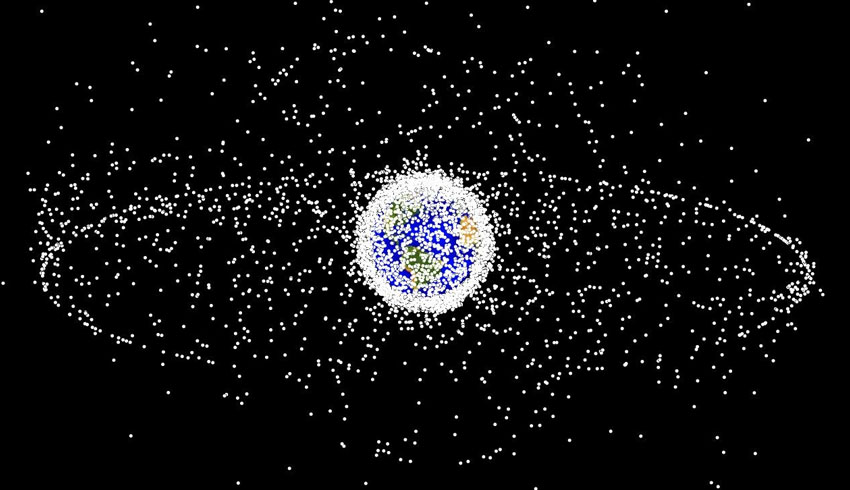The mission is being procured as a service contract with a start-up-led commercial consortium, to help establish a new market for in-orbit servicing, as well as debris removal.
Following a competitive process, a consortium led by Swiss start-up ClearSpace – a spin-off company established by an experienced team of space debris researchers based at Ecole Polytechnique Fédérale de Lausanne (EPFL) research institute – will be invited to submit their final proposal, before starting the project next March.
Luc Piguet, founder and CEO of ClearSpace, explained, "This is the right time for such a mission. The space debris issue is more pressing than ever before. Today we have nearly 2,000 live satellites in space and more than 3,000 failed ones."
At Space19+, ESA’s Ministerial Council, which took place in Seville, Spain, at the end of November, ministers agreed to place a service contract with a commercial provider for the safe removal of an inactive ESA-owned object from low-Earth orbit.
Supported within ESA’s new Space Safety program, the aim is to contribute actively to cleaning up space, while also demonstrating the technologies needed for debris removal.
"And in the coming years the number of satellites will increase by an order of magnitude, with multiple mega-constellations made up of hundreds or even thousands of satellites planned for low-Earth orbit to deliver wide-coverage, low-latency telecommunications and monitoring services. The need is clear for a ‘tow truck’ to remove failed satellites from this highly trafficked region," Piguet explained.
The ClearSpace-1 mission will target the Vespa (Vega Secondary Payload Adapter) upper stage left in an approximately 800-kilometre by 660-kilometre altitude orbit after the second flight of ESA’s Vega launcher back in 2013.
Luisa Innocenti, heading ESA’s Clean Space initiative expanded on Piguet's comments: "Even if all space launches were halted tomorrow, projections show that the overall orbital debris population will continue to grow, as collisions between items generate fresh debris in a cascade effect.
"We need to develop technologies to avoid creating new debris and removing the debris already up there."
With a mass of 100 kilograms, the Vespa is close in size to a small satellite, while its relatively simple shape and sturdy construction make it a suitable first goal, before progressing to larger, more challenging captures by follow-up missions – eventually including multi-object capture.
"NASA and ESA studies show that the only way to stabilise the orbital environment is to actively remove large debris items. Accordingly, we will be continuing our development of essential guidance, navigation and control technologies and rendezvous and capture methods through a new project called Active Debris Removal/In-Orbit Servicing – ADRIOS. The results will be applied to ClearSpace-1," Innocenti said.
"This new mission, implemented by an ESA project team, will allow us to demonstrate these technologies, achieving a world first in the process."
The ClearSpace-1 ‘chaser’ will be launched into a lower 500-kilometre orbit for commissioning and critical tests before being raised to the target orbit for rendezvous and capture using a quartet of robotic arms under ESA supervision. The combined chaser plus Vespa will then be de-orbited to burn up in the atmosphere.

